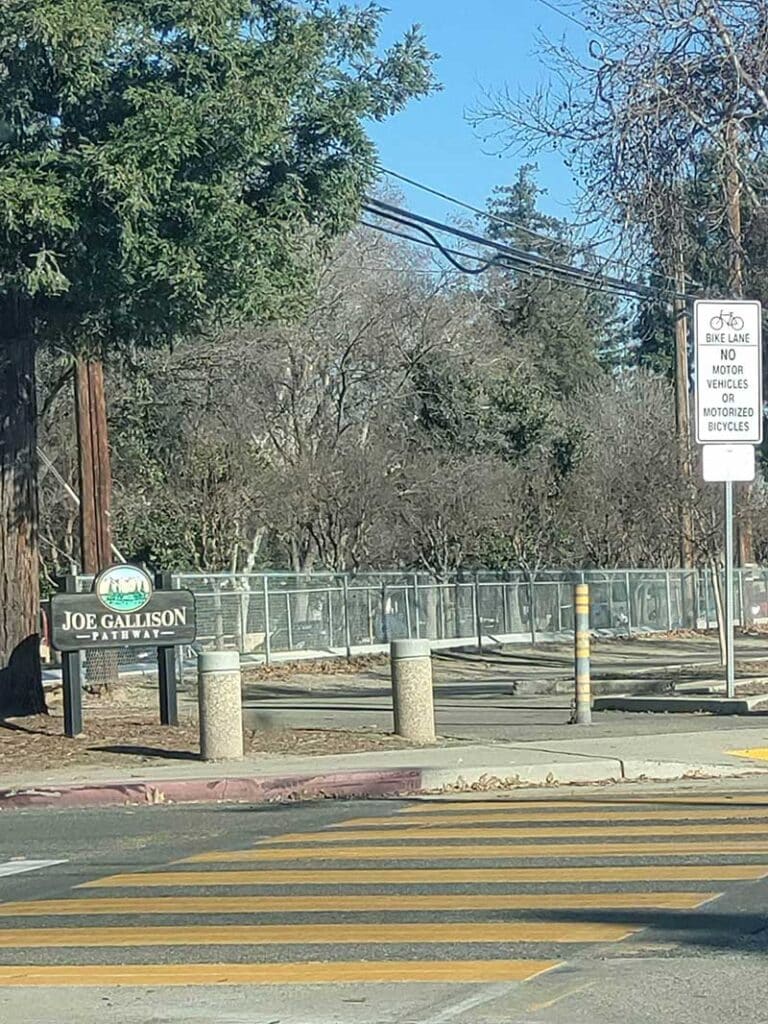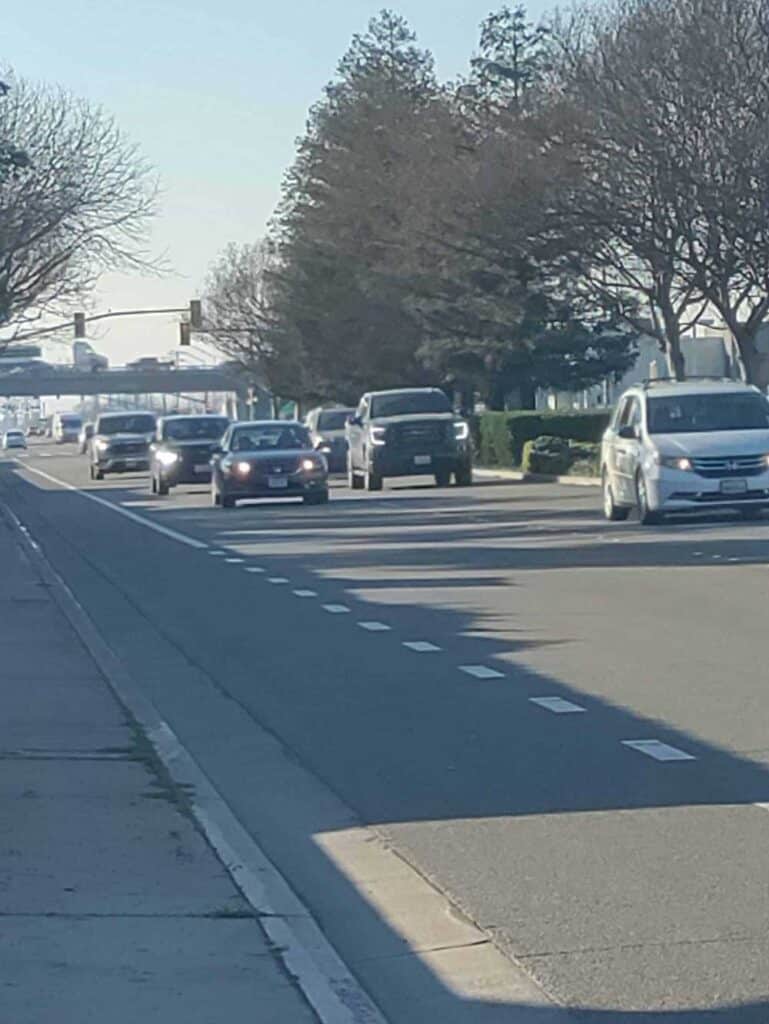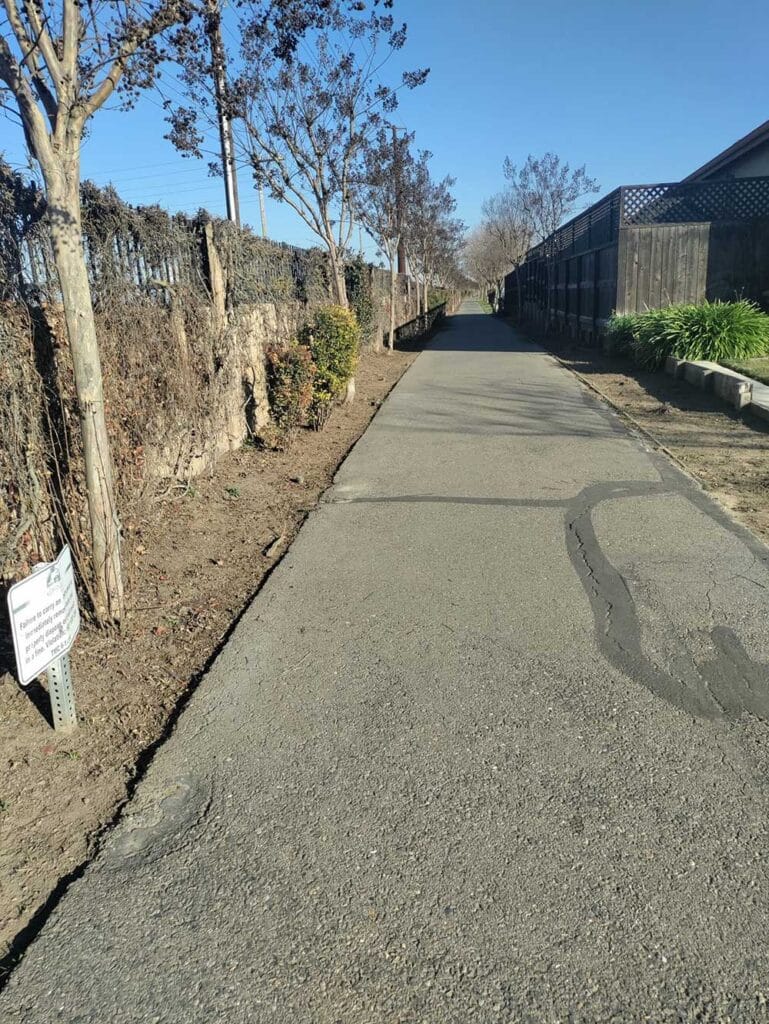The Support You Need. The Settlement You Deserve.
Home » Turlock Personal Injury Attorney » Safety, Laws, and Rights – Turlock Bicycle Crash Lawyer
Maison Law is an advocate for safe bicycle rides in Turlock and proudly represents the victims of Turlock bicycle accidents.
Our personal injury lawyers aggressively seek compensation for our clients from insurance companies who cover at-fault drivers.
Please contact us after an accident caused by a driver’s recklessness.
We provide a free, no-obligation consultation for all cycling injury victims. It’s a no-risk opportunity to find out what your injury may be worth and how to hold insurance companies fully responsible for recovery costs.
It’s not all that common, but sometimes bicyclists are sent into a tumble by a careless driver and are able to pop right back up. They may have some scratches and soreness, and some bike damage, but otherwise will be okay. For minor accidents, you may not need the help of a lawyer to be treated fairly.
But when the injuries go further, such as a broken wrist, facial fractures, or head injuries, victims may find it hard to get help from an at-fault driver’s car insurance provider. Insurers get nervous when medical bills escalate and they turn to unfair tactics to try to avoid taking financial responsibility.
Adjusters will try to blame you for your crash, or even claim that your serious injuries aren’t all that bad. They want to get away with offering you less than what you’ll need to recover, leaving you stuck paying for the rest of your losses. Your lawyer is there to shield you from these underhanded tactics. Your lawyer helps you spot “lowball” bicycle accident settlement offers and reject them and then demands much more.
Riding your bike in Turlock is usually an enjoyable experience. In recent years, the city has taken steps to support its cycling community with bike lanes and paths designed to promote safe and efficient travel. These designated lanes not only make riding your bike easier, but also allows you and other riders to enjoy the city’s parks, neighborhoods, and downtown areas without the stress of heavy traffic.
To that end, the city implemented a full Active Transportation Program (ATP) back in 2015 that laid out where you can find these lanes and paths.
Joe Gallison Pathway, Canal Drive (Class I)

Hawkeye Avenue to Fulkerth Road (Class II)

Taylor Road Pathway (Class I)

Other Lanes and Paths:
With these designated lanes, Turlock has become more bike-friendly. And this commitment is seemingly growing, with more plans in the works to increase the number of lanes and paths around the city. But if you want to better understand the options that are available to you, here’s a simple breakdown of how these lanes are categorized:
These are off-road paths where both bicyclists and pedestrians can travel safely, away from cars. They’re often found near the city’s parks, rivers, or scenic areas.
These are fully marked lanes on city streets and roads that are designed exclusively for people on bikes.
These are shared roads where cyclists and vehicles can travel together. They’re marked with signs and pavement markings, usually on quieter, residential streets.
Bike lanes and paths are just one part of the city’s ongoing efforts to make streets and roads safer for bicyclists. Another huge part involves the actual laws and regulations relating to bikes and people that ride them.
Like other California cities, Turlock follows state bicycle laws but also has its own local rules laid out in Chapter 4 of the city’s Municipal Code. These rules address the unique situations cyclists face in Turlock. Here’s a simplified breakdown:
Like any other city in California, Turlock bike riders also have to follow state laws. These are laid out in Article 4 of the California Vehicle Code (CVC):
These laws form the basis of your legal rights if you’re in a bicycle accident, and give you a framework of what to expect while riding your bike in Turlock. Still, following the law can’t help you avoid certain accidents. That’s why these laws are in place, but it’s other initiatives like the ATP that go further in keeping bike riders safe.
2024 Bicycle Intersection Crossing Law
California Electric Bicycle Laws
Do California Cyclists Have to Stop at Stop Signs?
Do Motorists Have the Right Of Way Over California Cyclists?
Rear Red Reflector Law for California Cyclists
2024 Bike Crossing Intersection Law
Bicycle Tips for New Cyclists in California
Who Is To Blame When a Child on a Bike is Hit?
Again, the Active Transportation Program that the city government implemented in 2017 is a huge part of the overall commitment to making biking (and walking) more friendly and safe. According to internal data, bicycling and pedestrian trips accounted for 38.9% of all trips taken in Turlock between 2009 and 2013.
And given that Turlock has a number of different factors that make bicycling attractive, it’s programs like ATP and others that help riders. Specifically, it helps them by:
While it’s true that the ATP and other programs are clearly beneficial for riding your bike, it’s also important to remember that accidents can still happen. Even when you follow the rules of the road and ride responsibly, you can’t always predict the actions of drivers or other riders. That can lead to accidents, and if you’re in one, you need to know what to do.
See to your immediate safety and health first. Then take the steps necessary to prove the accident wasn’t your fault
Your lawyer fully investigates your accident and looks into the past driving record of the driver at fault. Then all evidence is collected and submitted in an accident claim that demands support for every hardship you face as you rebuild your health.
A list of damages must include all economic damages, such as the bills for surgery and hospital stays. It will also include the non-economic damages you and your family have endured, such as the damage a frightening accident can do to your mental wellbeing.
Another non-economic damage is the emotional trauma you’ve suffered. This can take the form of fear of returning to the road to ride. It might also include the loss of enjoyment of life you suffer while unable to ride.
These are just a few of the economic and non-economic damages your settlement check must cover:

Children are especially vulnerable to bicycle accidents. Their young minds can’t be expected to always make the best decisions while riding on neighborhood streets. That’s why local drivers are under a legal obligation to show extra care in monitoring for cyclists and always slowing down to avoid collisions.
Children are closer to the wheels of a car and can easily fall under a vehicle to suffer severe injuries. Their bodies are also still developing. This means that an injury that seems to heal now may affect how they mature in their teen years. Future surgeries and physical therapy could be necessary. That’s why additional support is usually needed to make sure young bicycle accident victims have the support necessary to deal with future consequences.
Maison Law is ready to compassionately represent parents and their injured children after a devastating bicycle accident. We want to make sure young victims have the support they need now and in future years.
In California, it’s legal to ride in the street along with the motor vehicles so long as you obey all traffic codes and rights-of-way. So if you’re injured, you can get compensation if you can prove the other driver was negligent. If both of you were negligent, then if the other driver was more negligent, you can still get some compensation.
Unfortunately, if the driver went unidentified, you can’t make a claim against his or her insurance company. However, if you signed up for uninsured motorist coverage, you’re likely covered if you’re injured in a hit-and-run case.
In California, a victim of an auto accident has two years to file a claim. Once two years from the date of injury have passed you may lose your right to compensation. That deadline may be even shorter in lawsuits against any government agency. Special requirements might apply with a much shorter time limit for filing.
After a bicycle accident involving a serious injury, speak to an experienced Turlock Personal Injury Lawyer such as Martin Gasparian for a free consultation and case evaluation. Mr. Gasparian takes a hands-on approach to every case. He believes that every client should work directly with their lawyer, get honest advice, and receive personalized attention. Contact Maison Law today to learn more about your legal options.
And if you feel we can help you earn more for your case, you won’t need to stress over finding the money to hire us. Maison Law doesn’t get paid unless we win your case for you. Then our fee comes out of the settlement you and your family receive.

This website contains legal information that is available to the general public. The content on this website is not legal advice. It is intended for informational purposes only. Anyone seeking legal advice should retain an attorney. Use of this website in any manner, including but not limited to chat or contact form submissions, does not create an attorney-client relationship.
This website contains legal information that is available to the general public. The content on this website is not legal advice. It is intended for informational purposes only. Anyone seeking legal advice should retain an attorney. Use of this website in any manner, including but not limited to chat or contact form submissions, does not create an attorney-client relationship.